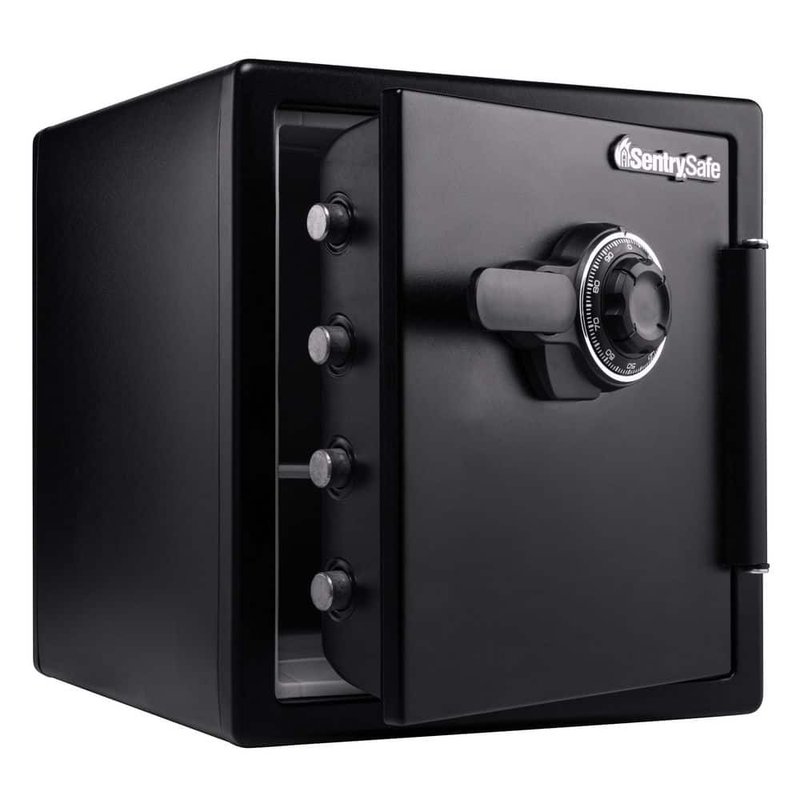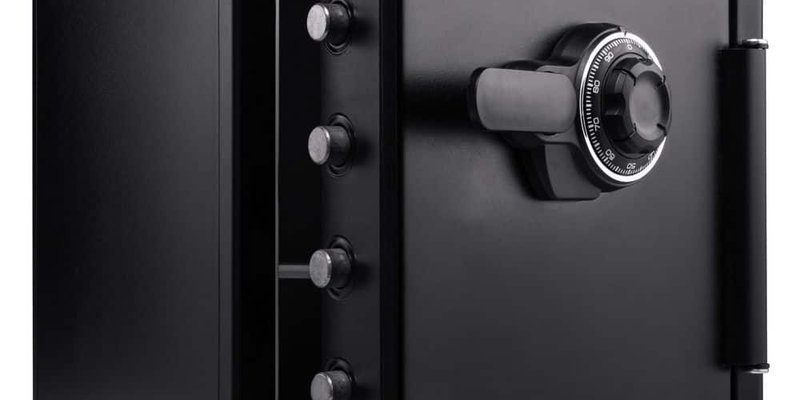
In our fast-paced lives, microwaves are a kitchen staple, always ready to zap our food into a meal in minutes. But like any appliance, they can sometimes run into issues. The SE error code is a common problem that Samsung microwave users face. This code doesn’t immediately spell danger, but it’s a signal that something’s not quite right under the hood. Understanding what this means helps you decide if it’s safe to continue using your microwave.
Understanding the SE Error Code
When you see an SE error code, it’s like your microwave’s way of waving a little red flag. It basically stands for a “Sensor Error” or sometimes is misinterpreted as a “5E” error due to the digital display. Think of it like your car’s check engine light—it’s letting you know that a component isn’t working properly. In this case, it’s often related to the touchpad or control board.
The touchpad is the sleek, digital interface you use to operate your microwave, and it’s packed with tiny sensors that respond to your commands. An error here could mean that the sensors are being activated when they shouldn’t be, or they’re not responding to inputs altogether. This is a common issue especially in older models or those exposed to a lot of moisture. Imagine if your phone screen suddenly registered a thousand taps when you only touched it once—frustrating, right? That’s similar to what might be happening here.
Now, the control board is the microwave’s brain. It tells the microwave what to do with the signals it gets from the touchpad. If there’s a mix-up in communication between these components, that SE error code shows up. It’s not a catastrophic failure, but it’s certainly something that needs attention. You wouldn’t ignore a funny noise in your car’s engine, so let’s not brush off this error either.
Is It Safe to Use the Microwave With This Error?
Here’s the big question: is it actually safe to use your microwave when this error code is staring you down? In short, it might be safe for brief, necessary use, but it’s not ideal. The SE error itself doesn’t directly relate to microwaves over-radiating or overheating, so you’re not in immediate danger of a microwave meltdown, if you will. However, there are risks involved.
First, consider the touchpad. If it’s malfunctioning, there’s a chance that it could start a cooking cycle without your input, or maybe not stop when you press to cancel. This unpredictability is what makes it potentially unsafe. Just imagine your microwave deciding to start heating your spoon by itself—definitely not what you want! You might not want to leave it plugged in when not in use until the issue is resolved.
Furthermore, while it might seem like a minor glitch now, continued use can exacerbate the problem and even lead to more significant issues. Like using a cracked phone screen, it might work for a while, but you’re asking for trouble down the line. If the control board begins to fail due to neglect, your microwave could turn into a fancy doorstop.
Steps to Address the SE Error Code
So, what can you do about it? The first step is a simple one: unplug your microwave. Give it about 10 minutes to reset, then plug it back in. This is like rebooting your computer when it acts up. If you’re lucky, this might just do the trick. But if the SE error code reappears, it may be time for a deeper dive.
Next, consider moisture levels. Is your microwave near a humidifier or in a particularly steamy part of your kitchen? Moisture can short out those touchpad circuits faster than you can say “popcorn.” Moving it to a drier location might alleviate some of the issues. Sometimes just ensuring the area around your appliance is dry can make a difference.
If you’re still encountering problems, it may be time to call in professional help. An appliance repair technician can diagnose and fix issues with the control board or touchpad. It’s an investment, sure, but it’ll save you headaches—and potential safety scares—in the long run. It’s a bit like taking your car to the mechanic for an oil change before the engine seizes.
Preventative Measures and Final Thoughts
An ounce of prevention is worth a pound of cure, they say. To prevent these issues, aim to keep your microwave clean and dry. Wipe down the touchpad regularly—just be sure to use a barely damp cloth to avoid adding any unwanted moisture. Keeping an eye on your microwave’s performance and acting quickly when errors arise will help extend its life.
Also, consider routine checks. Just like you’d occasionally check your smoke detectors, make it a habit to perform a casual inspection of your microwave. Listen for odd noises, notice any delayed responses, and feel if any buttons are sticking. These small habits can save you money and make your kitchen a safer space.
In the end, paying attention to what your appliances are telling you (even when it’s in cryptic SE codes) is key. Your microwave is there to make your life easier, so make sure you return the favor by keeping it in good working order. A little bit of care can go a long way in ensuring your trusty kitchen assistant is always at the ready, without any unexpected surprises.
